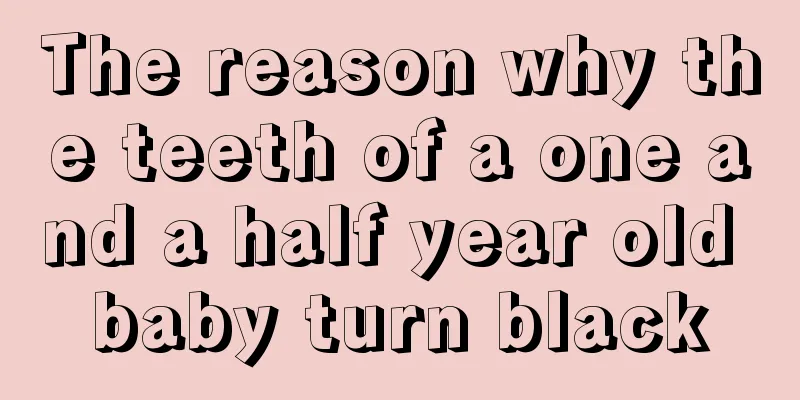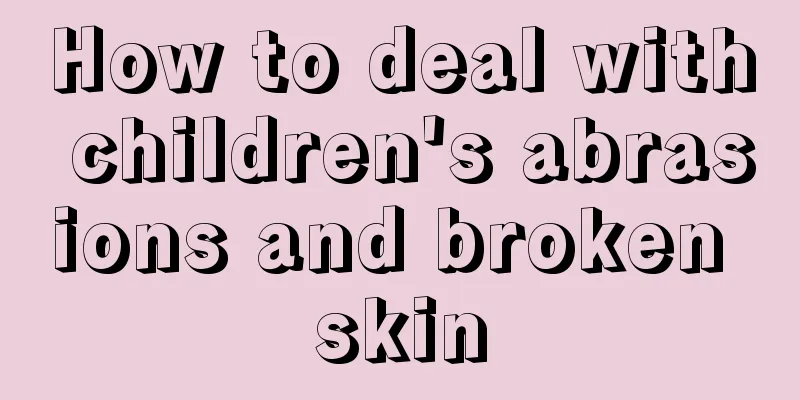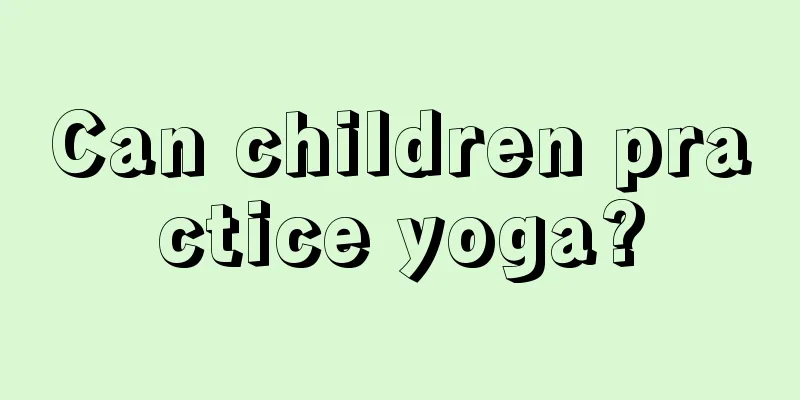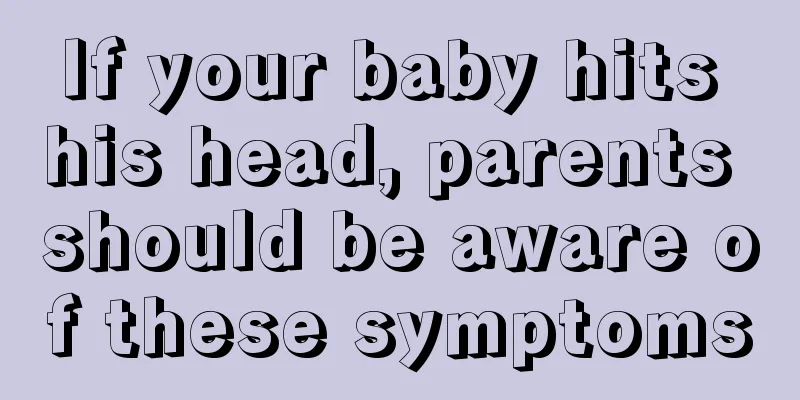Can a three-year-old baby drink milk from a bottle?

|
Three-year-old babies should no longer use bottles when drinking milk. Usually, parents should gradually let their babies get rid of bottles when they are about one year old. If babies use bottles to drink milk for a long time, it will make their babies dependent on it, and it will become more difficult to quit the bottle. They must be taught to learn to use cups to drink water during this period to prevent them from not being able to use it in the future. 1. Wash your hands before preparing to mix milk. 2. New bottles and nipples must be immersed in boiling water for five minutes for sterilization before use. 3. Use bottles and nipples of the same brand. Bottles and nipples from different brands have their own characteristics and fit, and are not suitable for use together. 4. If you plan to transition from breastfeeding to bottle feeding, have someone else feed your baby with a bottle 4 weeks in advance. If you still use the bottle to feed your baby yourself, your baby will associate you with breast milk and may refuse the bottle. 5. The bottle needs to be carefully checked before use. If you find cracks or chips in the glass bottle, stop using it and replace it with a new one. Plastic baby bottles should not be used if they are cracked, leaking, changed in color or have an unpleasant odor. 6. The pacifier needs to be checked frequently. If you find that the nipple is discolored, cracked, or the milk is coming out too quickly (you can try dripping milk into your hand. If the milk can flow out in a line, you should consider whether the flow rate of the nipple is too large and whether it is suitable for your baby. Wean your baby off the bottle when the time is right. When your baby is 1 year old, you can consider stopping the bottle and try giving him a "training cup". Of course you should choose a cup that is made of BPA-free material. If your baby is still using a bottle after 14 months, he may drink too much milk without getting a balanced nutrition (usually after the baby is six months old, you can gradually add complementary foods so that he can get more comprehensive nutrition), which may also delay the development of the baby's eating ability. Babies of different ages have different requirements for the shape of the bottle. The round bottle has a smooth inner neck and liquid flows smoothly, making it suitable for feeding babies aged 0 to 3 months. The curved and ring-shaped bottles are easy for babies to hold and are suitable for babies over 4 months old. They can satisfy the older babies' desire to feed themselves, while also exercising the baby's hand-eye coordination and helping their physical development. The bottle with handle is suitable for babies around 1 year old. A one-year-old baby wants to be held but often cannot be held steadily. The two movable handles on the bottle are convenient for baby's little hands to hold, and can be adjusted to accommodate baby's sitting or lying position to suck milk. |
<<: The consequences of not getting vaccinated
>>: How much does a baby grow each month after one year old?
Recommend
Causes and suggestions for milk discharge from baby's nose
For newborn babies, breast milk plays an extremel...
What should children with tics not eat?
When a child suffers from tics, parents should ta...
What are the symptoms of sinusitis in children?
For families with children suffering from sinusit...
How to reduce fever in a 9-year-old child
Fever is a common physical illness in children du...
Why does eczema appear on the wrists?
There are many patients with eczema in our lives....
How much sleep should a two-year-old baby get?
A two-year-old baby has already learned to talk a...
There are some good ways to prevent children from taking medicine
The biggest headache for young parents is when th...
What to do if your child has a persistent high fever
When children are sick, it is the most headache-i...
Neonatal Sepsis
A baby is the jewel of a family, and every parent...
2 year old baby breakfast
For families with babies, the most important thin...
What food is good for hand, foot and mouth disease? Experts recommend it to you!
Most cases of hand, foot and mouth disease occur ...
What are the early symptoms of myocarditis in children?
Myocarditis in children is relatively common in d...
What should I do if my child has hernia pain?
Some children may have pediatric hernia problems ...
What should I do if my baby keeps sneezing? Parenting experts introduce effective methods
For ordinary adults, sneezing occasionally is nor...
How to treat recurrent urticaria in children
Because infants and young children have poor immu...









